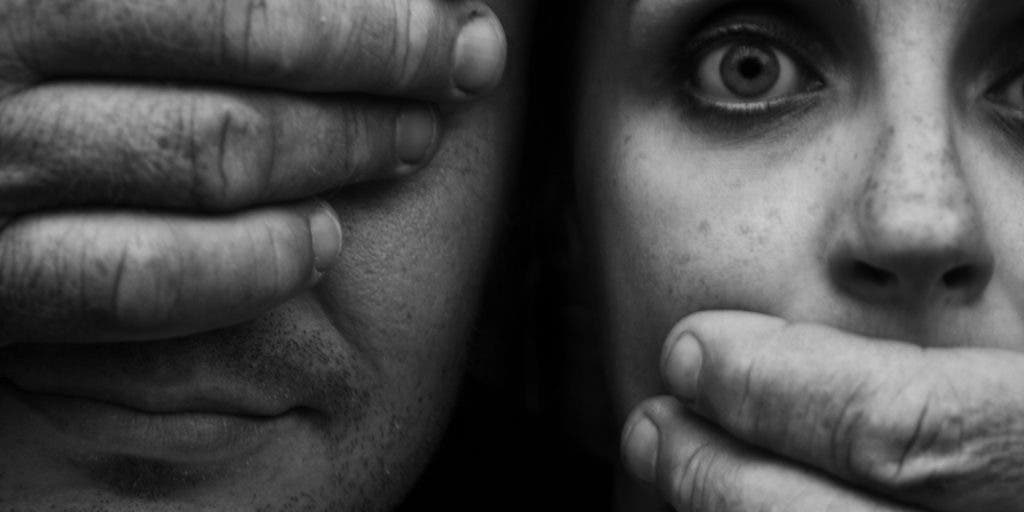Among evidence analyzed during a rape-related crime investigation, one of the best clues that might incriminate a suspect are pubic hair samples. But because these hairs most often than not are missing their roots, it’s very difficult if not impossible to make a conclusive DNA analysis. Silvana Tridico, a forensic biologist at Murdoch University in Perth may have a found a way to use this evidence in an alternate way. She found that it may be possible to identify a rapist based on his signature bacterial culture found in the pubic hair, a find of great significance for forensic investigations.
Bacteria doesn’t lie

Tridico and colleagues asked seven individuals – two of which formed a couple living together – to collect hair from their scalps and pubic area for five months. In the lab, bacterial populations found in the hairs were analyzed after two and five months. Microbial populations were also found, of course: 50 different varieties of microbes in males and 55 in females, yet there were far too many of the microbes that weren’t specific to the individual. The pubic hair bacteria, however, turned out to be more distinct; in addition, each individual’s “personal” pubic bacteria stayed roughly the same during the 5 months. Moreover, more kinds of bacteria live here: 73 in males and 76 in females. The larger the bacterial diversity, the greater the chance of a specific, signature culture based on which identification can be made.
Each person’s pubic hair contained distinct bacterial cultures, yet the two persons living together had a great similarity in the examined cultures. The couple later revealed that they had sexual intercourse 18 hours before the collection of their hairs, which might explain the predicament. The findings appeared in Investigative Genetics.
The sample size is far too small for the findings to be deemed conclusive. DNA matching is considered pretty reliable, but even nowadays there are false positives and – make no mistake – innocent people go to jail because of it. If pubic hair bacterial analysis is ever used in forensic investigations, it needs to become highly predictable and reliable, otherwise the evidence will never hold in a court of law. A couple of the challenges scientists need to identify are how easily the bacteria are transferred between people, and whether these bacteria can be transferred by using the same bed sheets, clothing, or towels and how long transferred bacteria can stay on pubic hairs.
“I think this method has interesting possibilities for forensic science,” says Max Houck, a lead forensic scientist at Consolidated Forensic Laboratory, a government organization based in Washington, D.C. “Forensic science is all about the associations between people, places, and things involved in criminal activities, and sexual assaults are among the closest associations we encounter.”


